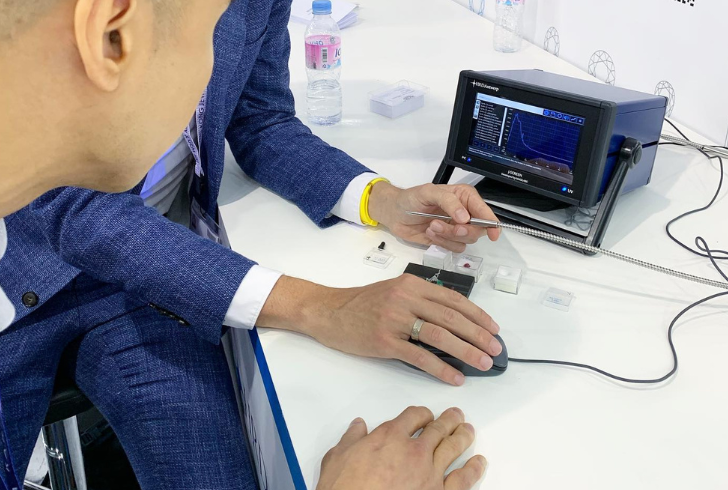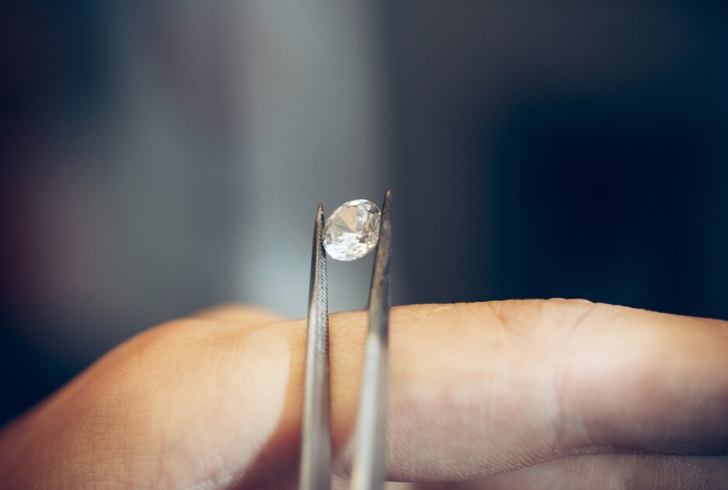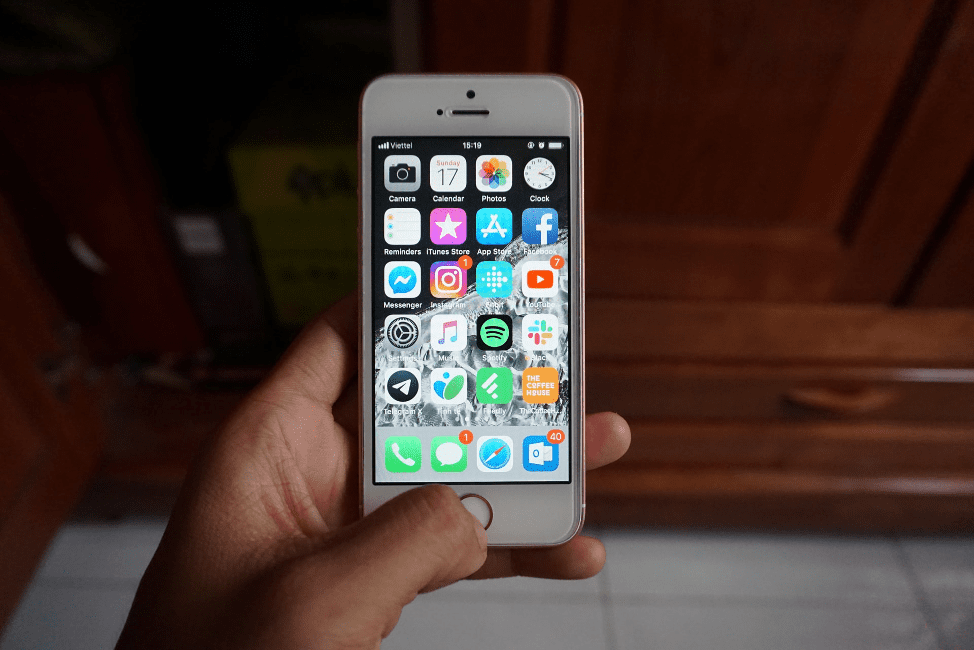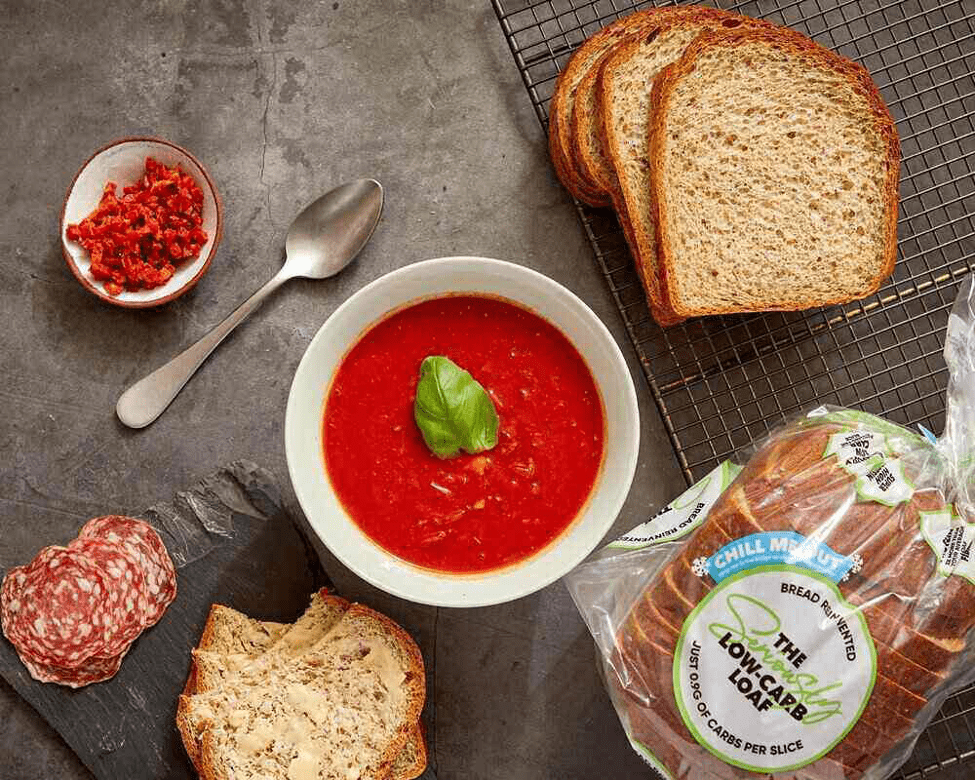Diamonds, known for their dazzling brilliance and timeless allure, often come with a hefty price tag. With the rise of imitations and counterfeits, knowing how to tell if diamonds are real has become crucial for anyone investing in these precious gems.
Whether a sparkling engagement ring or a stunning necklace, ensuring the authenticity of a diamond can save considerable expense and avoid disappointment.
Understanding the Basics
To distinguish genuine diamonds from their fake counterparts, several methods are employed. While some techniques require professional tools and expertise, others can be performed at home with simple materials. Here’s an in-depth look at various tests and what they reveal about a diamond’s authenticity.
1. Ultraviolet Light Test
One common method for how to tell if diamonds are real is the ultraviolet (UV) light test. This test uses UV light to observe the diamond's reaction, which can indicate whether it is genuine or not. In a completely dark room, shine a UV light on the diamond.
Genuine diamonds often emit a blue glow under UV light, though the exact color may vary with different types of diamonds. If the diamond does not glow or shows a different hue, it might be a fake or an imitation.
2. Thermal Conductivity Test

Instagram | christinejewellers | Diamonds have a distinct thermal conductivity that can be measured with a handheld tester.
Diamonds are known for their unique thermal conductivity, which can be measured using a handheld diamond tester. This device checks how heat is conducted through the stone. To use it, first clean the diamond to remove any surface impurities that could interfere with the test.
Place the diamond on the tester and follow the instructions. If the tester indicates that the diamond is genuine, it’s likely a real gem. However, some other stones, like moissanite, have similar thermal properties, so this test might need to be corroborated with additional methods.
3. The Scratch Test
Historically, the scratch test was a popular method for identifying real diamonds. This test involves scratching the surface of a mirror with the diamond. Since diamonds are one of the hardest substances known, they should scratch the mirror easily. However, this method has limitations; cubic zirconia, for example, is also very hard and can sometimes pass this test. It is more reliable when used in conjunction with other tests.
4. Water Immersion Test
Another simple method to check if a diamond is real involves submerging the stone in a bowl of water. Diamonds are denser than water, so a real diamond will sink to the bottom of the bowl. If the diamond floats or doesn’t sink completely, it’s likely not a genuine diamond. This test is straightforward and requires only a bowl of water and a clean diamond.
5. Fog Test
The fog test relies on the diamond’s thermal conductivity. Breathe on the diamond to create a foggy layer on its surface. Genuine diamonds disperse heat quickly, so the fog should clear within a few seconds. If the fog lingers for more than three seconds, it may indicate that the diamond is a fake.
6. Sparkle Test
Diamonds are renowned for their sparkle and brilliance. To perform the sparkle test, observe the diamond under a bright light. Real diamonds exhibit a wide range of light dispersion, producing a dazzling array of colors. If the diamond does not show this brilliance and appears dull or lacks a broad spectrum of light, it could be a fake.
7. Dot Test
The dot test, also known as the newspaper test, involves placing the diamond over a small dot drawn on a piece of paper. Look through the diamond at the dot. A real diamond will refract the dot’s image, making it difficult to see clearly. If the dot is visible through the diamond, it is likely not genuine.
8. Weight Test

Freepik | master1305 | Diamonds possess a unique density that can be accurately gauged with a precise scale.
Diamonds have a specific density that can be measured using a precise scale. By comparing the diamond’s weight to standard measurements for diamonds, one can assess its authenticity. This test requires a specialized scale and a reference chart. If the diamond’s weight does not match the expected density, it might not be a genuine diamond.
9. Shape and Clarity Tests
Finally, examining the diamond's shape and clarity can also provide clues about its authenticity. Genuine diamonds adhere to specific cut standards and exhibit clarity that can be inspected with a magnifying glass or microscope. Any irregularities in the shape or clarity may suggest that the diamond is not real.
Determining how to tell if diamonds are real involves a combination of tests and observations. Each method provides different insights into the diamond’s authenticity, but when used together, they offer a comprehensive evaluation. For those unsure about their findings, consulting with a professional jeweler or gemologist can provide additional verification. Ensuring a diamond's authenticity can protect against fraud and ensure that any investment in these stunning gems is well-placed.







